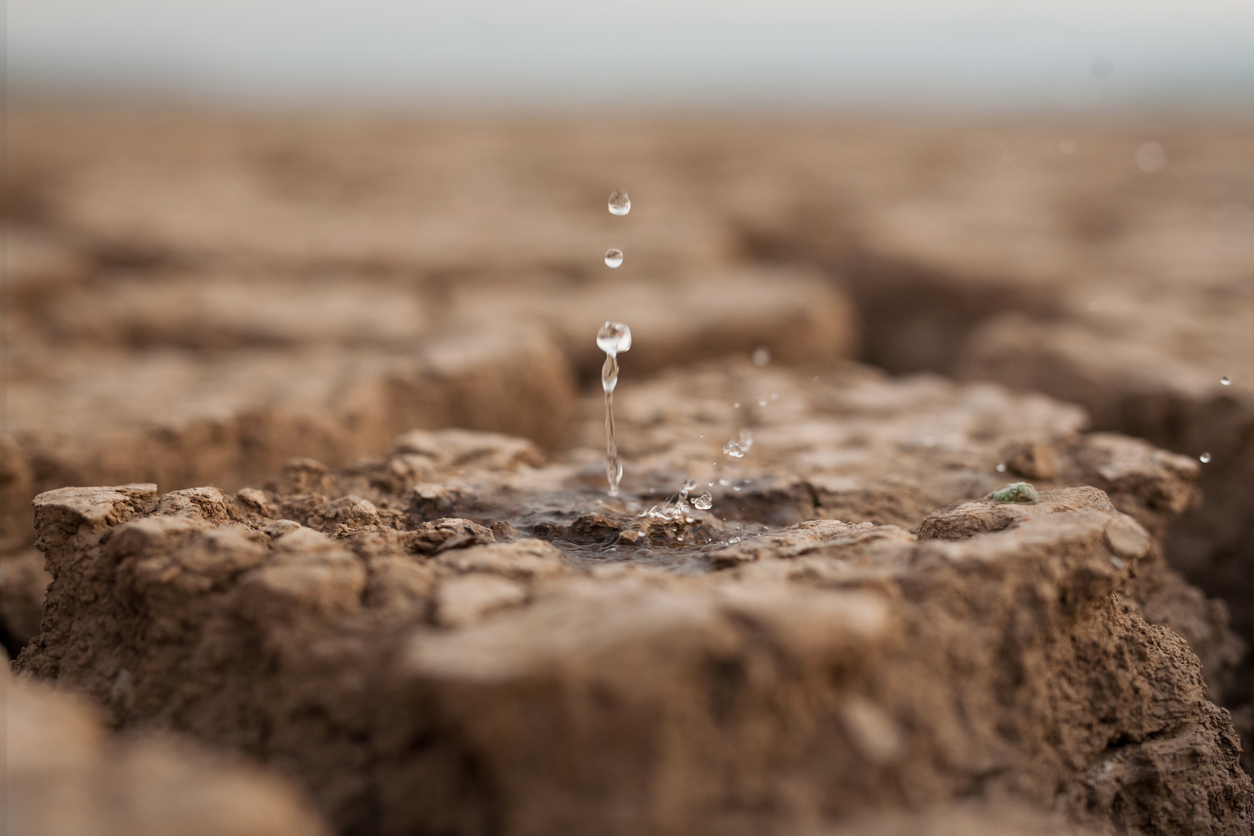Unveiling the Hidden Crisis: Why the Water Crisis Must Be Included in COP29’s Climate Adaptation Strategy – Global Center on Adaptation


Unveiling the Hidden Crisis: Why the Water Crisis Must Be Included in COP29’s Climate Adaptation Strategy
Water: The Hidden Crisis of Climate Change
<
br>As climate change intensifies, the hidden water crisis threatens billions of people. In
2024, climate change is not just about melting ice caps or rising CO2 levels, it is about
ensuring that the most basic human necessity—clean water—remains accessible. For
COP29 to be truly impactful, water security must be prioritized in the adaptation
agenda, because without water, no future is possible.
Leeuwarden: The Capital of Water Technology
As the global water crisis worsens, Leeuwarden, a small city in the Netherlands, is
emerging as a leader in water technology. With the Dutch expertise in water
management, it is home to world-class institutions like Wetsus and the WaterCampus(Wetsus, 2024; WaterCampus, n.d.). These centers foster collaboration between
researchers, entrepreneurs, and students, turning scientific breakthroughs into realworld
solutions.
What COP29 Needs to Do
So, how can COP29 apply these lessons from Leeuwarden globally? First, it’s crucial to
recognize climate change is approaching a point of irreversibility (Giancaterini et al.,
2022; Steinert et al., 2023), emphasizing the urgent need for adaptation. However, the
Global Center on Adaptation demonstrates a declining focus on adaptation with a mere
7% of total climate finance going to adaptation in 2019-2022 and 5% in 2021-2024
(Global Center on Adaptation & Climate Policy Initiative, 2024). While reducing
emissions is critical, we cannot ignore the reality that climate change is already here
and its eects are being felt most intensely in vulnerable regions that lack the resources
to adapt. By putting dollars behind promises, COP29 can ensure that innovations in
water technology, like those developed in Fryslân, reach the global stage and are
implemented where they are needed most.
A Call to Action: Water Solutions for a Resilient Future
SDGs, Targets, and Indicators Analysis
1. Which SDGs are addressed or connected to the issues highlighted in the article?
- SDG 6: Clean Water and Sanitation
- SDG 13: Climate Action
- SDG 17: Partnerships for the Goals
The article primarily focuses on the water crisis and its connection to climate change, which aligns with SDG 6 (Clean Water and Sanitation) and SDG 13 (Climate Action). It also emphasizes the need for collaboration and partnerships to address the water crisis, which relates to SDG 17 (Partnerships for the Goals).
2. What specific targets under those SDGs can be identified based on the article’s content?
- SDG 6.1: By 2030, achieve universal and equitable access to safe and affordable drinking water for all.
- SDG 6.4: By 2030, substantially increase water-use efficiency across all sectors and ensure sustainable withdrawals and supply of freshwater to address water scarcity.
- SDG 13.1: Strengthen resilience and adaptive capacity to climate-related hazards and natural disasters in all countries.
- SDG 17.6: Enhance North-South, South-South, and triangular regional and international cooperation on and access to science, technology, and innovation and enhance knowledge sharing on mutually agreed terms, including through improved coordination among existing mechanisms.
The article highlights the need to achieve universal access to safe drinking water (SDG 6.1) and increase water-use efficiency to address water scarcity (SDG 6.4). It also emphasizes the importance of strengthening resilience to climate-related hazards (SDG 13.1) and promoting international cooperation and knowledge sharing (SDG 17.6).
3. Are there any indicators mentioned or implied in the article that can be used to measure progress towards the identified targets?
- Access to safe drinking water: The article mentions that two billion people lack access to safe drinking water, indicating a need to measure progress in achieving universal access to safe and affordable drinking water.
- Water scarcity and efficiency: The article discusses the global population facing water shortages yearly and the economic consequences of reduced access to clean water. Indicators related to water scarcity, water-use efficiency, and sustainable withdrawals and supply of freshwater can be used to measure progress in addressing these issues.
- Resilience to climate-related hazards: The article mentions the need to strengthen resilience to climate-related hazards and natural disasters. Indicators related to adaptive capacity, disaster risk reduction, and climate resilience can be used to measure progress in this area.
- International cooperation and knowledge sharing: The article emphasizes the importance of collaboration and sharing technologies, knowledge, and resources. Indicators related to international cooperation, technology transfer, and knowledge sharing can be used to measure progress in fostering partnerships and collaboration.
SDGs, Targets, and Indicators Table
| SDGs | Targets | Indicators |
|---|---|---|
| SDG 6: Clean Water and Sanitation | 6.1: By 2030, achieve universal and equitable access to safe and affordable drinking water for all. | Indicator: Percentage of population with access to safe drinking water. |
| SDG 6: Clean Water and Sanitation | 6.4: By 2030, substantially increase water-use efficiency across all sectors and ensure sustainable withdrawals and supply of freshwater to address water scarcity. | Indicators: Water scarcity index, water-use efficiency in different sectors, freshwater withdrawals and supply. |
| SDG 13: Climate Action | 13.1: Strengthen resilience and adaptive capacity to climate-related hazards and natural disasters in all countries. | Indicators: Climate resilience index, disaster risk reduction measures, adaptive capacity indicators. |
| SDG 17: Partnerships for the Goals | 17.6: Enhance North-South, South-South, and triangular regional and international cooperation on and access to science, technology, and innovation and enhance knowledge sharing on mutually agreed terms, including through improved coordination among existing mechanisms. | Indicators: International cooperation index, technology transfer measures, knowledge sharing indicators. |
Source: gca.org








